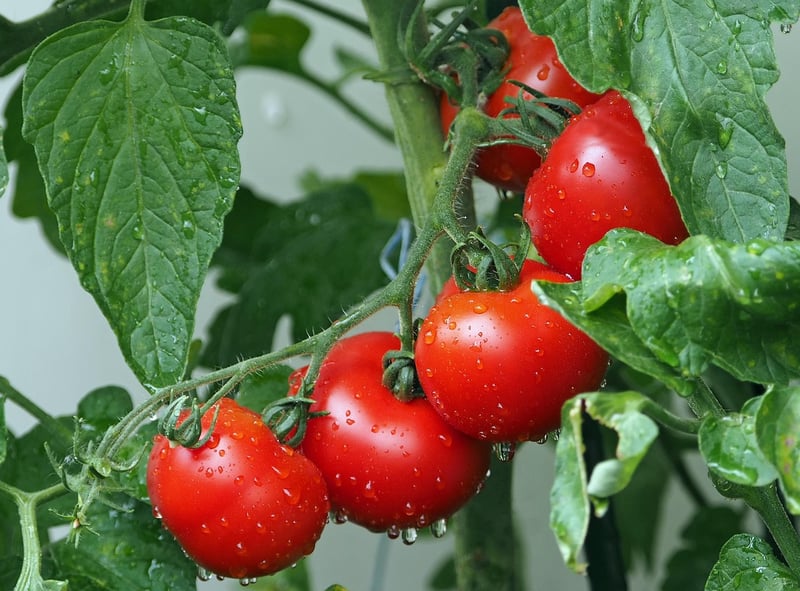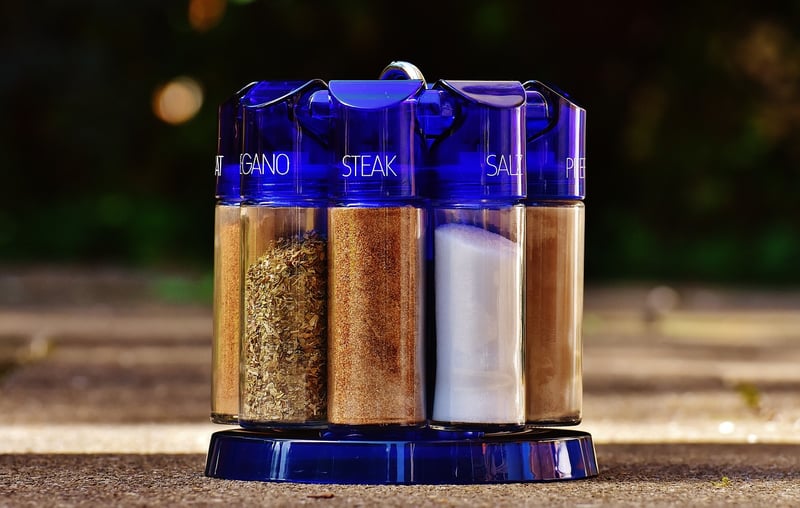Historical Ingredients
Exploring Culinary History Through Ingredients
Food has always been a central part of human culture and history. Exploring the culinary past through historical ingredients provides a fascinating glimpse into the traditions, trade routes, and innovations that have shaped our meals over centuries. Let's take a journey through time and discover the stories behind some of these ingredients.
The Spice Trade: Nutmeg
One of the most valuable spices in history, nutmeg was once worth its weight in gold and played a significant role in the spice trade between Asia and Europe. Its sweet and nutty flavor made it a prized ingredient in medieval cuisine, used in everything from savory meat dishes to desserts.

Ancient Grains: Farro
Farro, an ancient grain with a nutty flavor and chewy texture, has been a staple food in the Mediterranean region for thousands of years. It was a key ingredient in the diets of the ancient Romans and is still popular in Italian cuisine today, often used in soups, salads, and risottos.

New World Discoveries: Tomatoes
Originally native to the Americas, tomatoes were introduced to Europe in the 16th century and quickly became a central ingredient in Mediterranean cuisine. This versatile fruit is used in a wide variety of dishes, from Italian pasta sauces to Spanish gazpacho.

Reviving Forgotten Flavors: Saffron
Saffron, known for its vibrant color and distinct flavor, has a long history dating back to ancient times. This expensive spice was once used in traditional medicine and cooking across the Middle East and Europe. Today, it adds a unique touch to dishes like paella and risotto.

Preserving Culinary Heritage
Exploring historical ingredients not only allows us to appreciate the flavors of the past but also helps preserve culinary heritage for future generations. By incorporating these ingredients into modern recipes, we can keep ancient traditions alive and celebrate the diverse culinary history of our world.
Take a step back in time through your kitchen and discover the rich tapestry of flavors that have shaped our meals for centuries.
For more culinary inspiration, check out History's Food History section.
